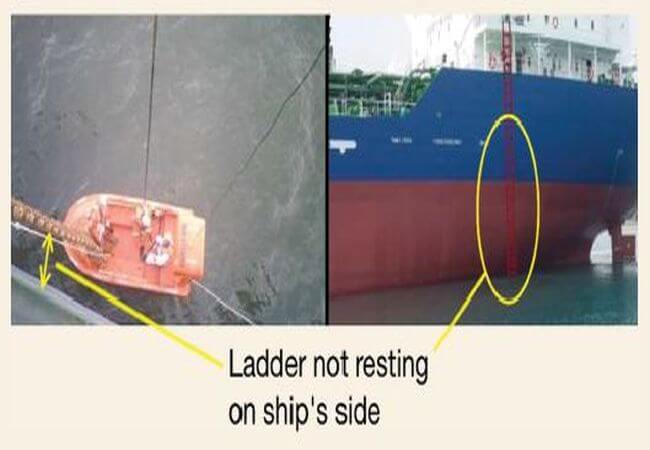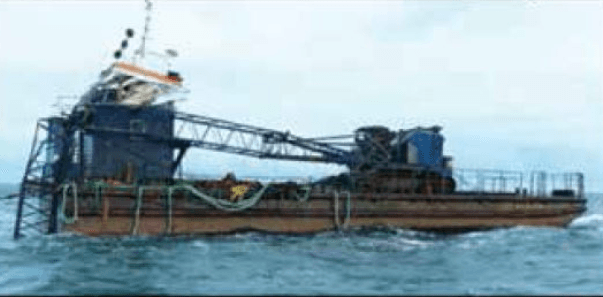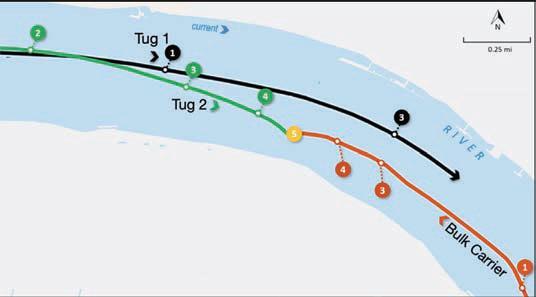Real Life Incident: Fall From Embarkation Ladder Leaves Crew Member Unfit For Sea Service
A chemical tanker had arrived at the terminal. While in port, it was planned to launch and manoeuvre the rescue boat as part of a series of emergency exercises. The drill began with crew rigging the embarkation ladder from the rescue boat stowage deck. The rescue boat was lowered without personnel. The crew then used the ladder to climb down to the boat and unlock the hook.

After executing some manoeuvres on the water, the boat crew returned to the retrieval hook and made the connection. Three crew successfully climbed back up the embarkation ladder. As the fourth crew member was climbing, he suddenly felt exhausted and fell back into the water from a height of some 4 metres, hitting his back on the rescue boat. He was quickly recovered and first aid was administered. The victim was later taken to hospital ashore. He was declared unfit for sea service due to a back injury and was subsequently repatriated.
The company investigation revealed that the embarkation ladder does not rest firmly against the ship’s side when rigged at the boat station, due to the flare of the stern. Climbing up a hanging ladder is very difficult and requires much strength and stamina.
Lessons learned
When using a boarding ladder or pilot ladder, ensure it is properly installed and that it is resting against the ship’s hull.
Press Release: nautinst.org
Do you have info to share with us ? Suggest a correction
About Author
Marine Insight News Network is a premier source for up-to-date, comprehensive, and insightful coverage of the maritime industry. Dedicated to offering the latest news, trends, and analyses in shipping, marine technology, regulations, and global maritime affairs, Marine Insight News Network prides itself on delivering accurate, engaging, and relevant information.

About Author
Marine Insight News Network is a premier source for up-to-date, comprehensive, and insightful coverage of the maritime industry. Dedicated to offering the latest news, trends, and analyses in shipping, marine technology, regulations, and global maritime affairs, Marine Insight News Network prides itself on delivering accurate, engaging, and relevant information.
- Real Life Incident: Vessel Collision in Good Visibility
- Real Life Incident: Severe Injury To Deck Crew While Leaving Berth
- Real Life Incident: Departure Damage in Very Restricted Waterway
- Real Life Incident: Low Situational Awareness Has High Impact Consequence
- Real Life Incident: Fouled Anchor in a Designated Anchorage
- Real Life Incident: Fire On Barge Carrying Scrap Metal Causes $7 Million Worth Of Damage
Latest Case studies Articles You Would Like:
Subscribe To Our Newsletters
By subscribing, you agree to our Privacy Policy and may receive occasional deal communications; you can unsubscribe anytime.















